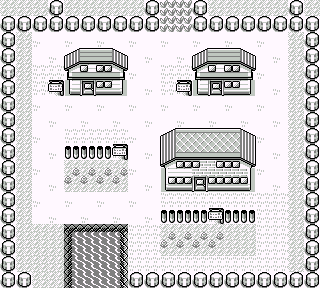A singleton is a way for developers to keep one and only one object of a class in existence for the entire lifecycle of an application; the nitpicky among you will note that there are portions of an app that might not have any instances of a singleton object, since it is common practice not create the singleton until you need it. Some example cases that you would use a singleton include: a player object for a game, a user object for a social app, and a shopping cart.
Creating a singleton is pretty simple:
@interface User : NSObject
static User* userSingleton;
+ (User *) userSingleton {
if (!userSingleton) {
userSingleton = [User alloc] init];
}
return userSingleton;
}
Let’s walk through this. You declare a static user object called userSingleton, then whenver [User userSingleton] is called you check to see if that object is not null and either returns the existing object or alloc/inits the object, then returns it.
Ok, so that’s all well and good, but how do you actually use it. Well it’s simple. Let’s say our User class has a name property. We could access that with our singleton via:
[[User userSingleton] name];
Need to set the name?
[[User userSingleton] setName:@”Luke”];
Not bad, right? Also, note that all other messages can be sent via the same syntax, so:
[[User userSingleton] someMessage];
For those of you coming from a Java background sending a message in Objective-C would be called calling a method in Java.
Now you may have noticed that the above user object will have null values for all of its properties when it is first created and might want to be able to set some default values. For this example let’s assume that User has a few properties (name, fathersName, and saberColor):
static User* userSingleton;
+ (User *) userSingleton {
if (!userSingleton) {
userSingleton = [User alloc] init];
[userSingleton setName:@”Luke”];
[userSingleton setFathersName:@”Anakin”];
[userSingleton setSaberColor:[UIColor blueColor]];
}
return userSingleton;
}
As you can see, if the object is null, then we create it like before, but now we set some default values to its properties. Naturally, these values will be overwritten when you call their respective setters:
[[User userSingleton] setSaberColor:[UIColor greenColor]];
That’s pretty much all you need to know to get started with singletons in Objective-C. One thing of note about my code samples is that they assume you are using ARC, but you are not they still work; you will just have to include the proper retain/release calls. Hope this helps, please get in touch on Twitter or Google+.
***Update: An eagle-eyed reader pointed out to me that my sample here does not prevent you from creating a new instance of the object. So, if you created the object as I recommend but did User* badUser = [User alloc] init] you would have a new user object. To get a true singleton (ie only one instance allowed) you would have to override alloc and a few other methods; The eagle-eyed reader recommends you see: http://cocoadev.com/index.pl?SingletonDesignPattern. Also, a few of you have gotten in touch with me asking why I did not show the GCD / block pattern. The reason for that is that I feel that it is too advanced for beginners but will write it up shortly. Thanks for all the feedback.






